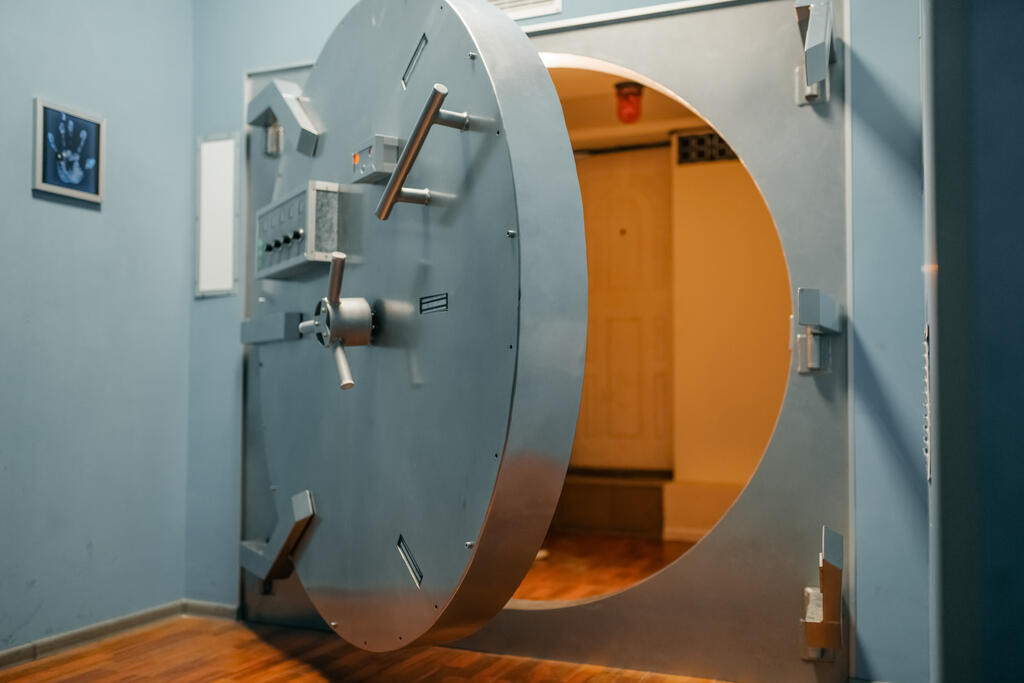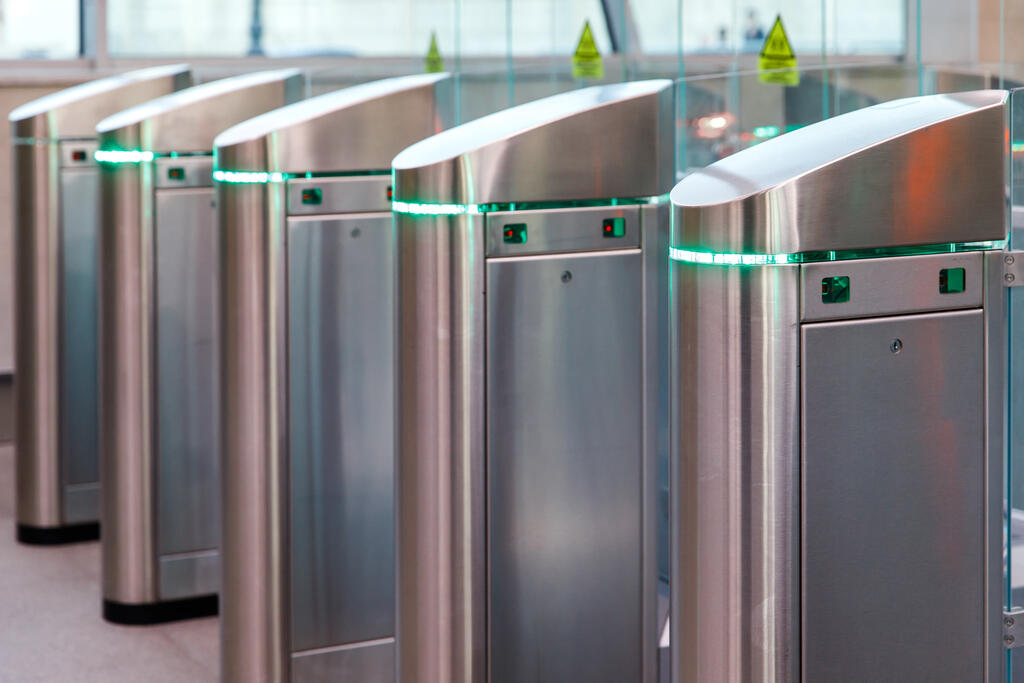What is Physical Security Assessment ?
Arrange Call Contact Us

Benefits of our Physical Security Assessment
Common Physical Security Assessment Findings
Access Control
Weak Access Control Measures, such as Inadequate Door Locks or Key ManagementSurveillance
Lack of Surveillance Cameras or Ineffective Monitoring of Surveillance FootagePerimeter Security
Vulnerable Perimeter Security, such as Unsecured Fencing or Poorly Lit AreasSecurity Awareness
Insufficient Security Awareness Training for PersonnelHow does Physical Security Assessment work?

Physical Security Assessment FAQ
What is a physical security assessment?
A physical security assessment is an evaluation of an organization's physical security measures and protocols to identify vulnerabilities and risks to assets, premises, and personnel.
Why is physical security assessment important?
Physical security assessment is crucial for safeguarding assets, preventing unauthorized access, and ensuring the safety and security of personnel and sensitive information.
What are the key components of a physical security assessment?
Key components include assessing access controls, surveillance systems, perimeter security, security policies and procedures, and emergency response plans.
How often should a physical security assessment be conducted?
The frequency of physical security assessments varies based on factors such as industry regulations, changes in security needs, and organizational risk tolerance, but it's often recommended annually or when significant changes occur.
What types of vulnerabilities can a physical security assessment uncover?
Vulnerabilities can include weak access controls, inadequate surveillance, vulnerable perimeter security, lack of security awareness among staff, and ineffective emergency response plans.
How long does a physical security assessment typically take?
The duration varies depending on the size and complexity of the organization, but assessments can range from a few days to several weeks.
Who conducts physical security assessments?
Physical security assessments are typically conducted by trained security professionals or consultants with expertise in physical security measures and protocols.
What are the main steps involved in a physical security assessment?
Steps include planning and scoping, site visits and inspections, vulnerability identification, risk analysis, and the development of recommendations for improvement.
Can physical security assessments be tailored to specific industries or environments?
Yes, physical security assessments can be customized to address the unique security needs and challenges of different industries, environments, and organizational structures.
What are the potential outcomes or recommendations of a physical security assessment?
Outcomes may include identified vulnerabilities, risk assessments, and recommendations for improving security measures, policies, procedures, and training programs.